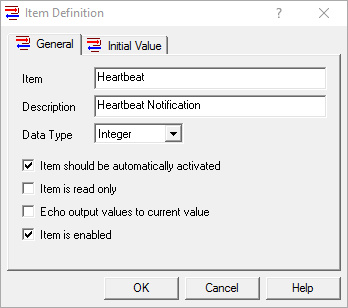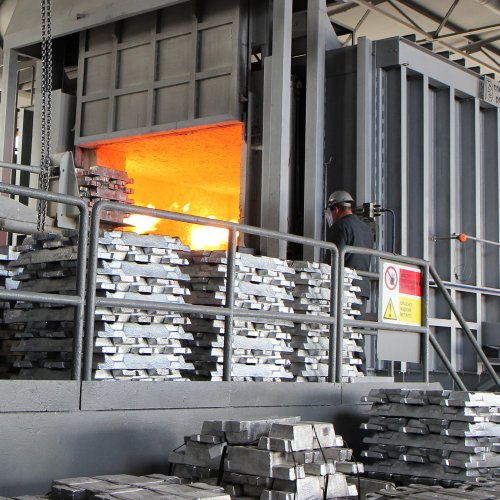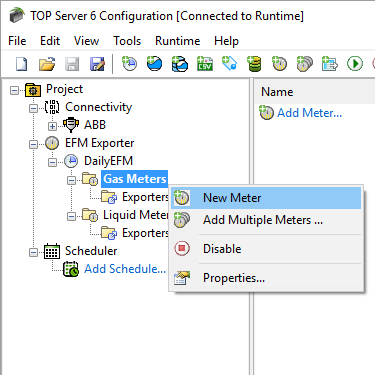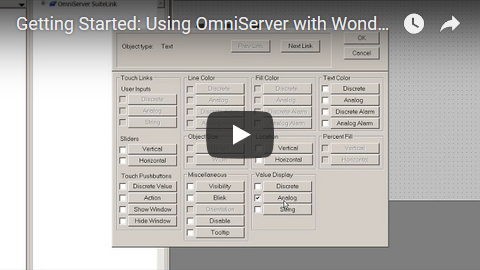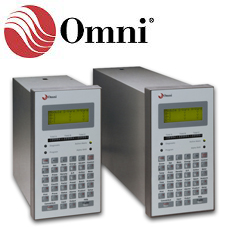If you're reading this post, you're more than likely working in the oil and gas industry, and you probably have flow computers and devices from different vendors storing historical EFM (Electronic Flow Measurement) data. And, if your company is anything like the other companies in that industry, you use that EFM data for analysis, custody transfer and production optimization using one of the common EFM flow measurement analysis packages such as Flow-Cal, Quorum PGAS or even CSV or SQL.
In this blog post, I'll cover the video how-to resources available to help you get started using our EFM Suite for TOP Server to poll and export collected EFM data from various flow computers for Wonderware applications.



